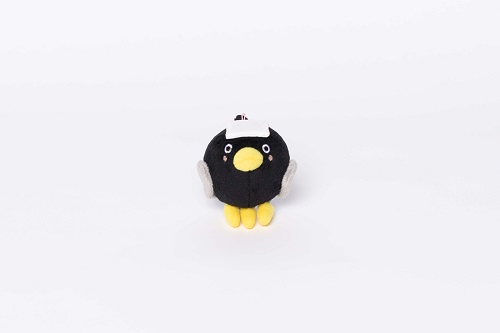
 Lacquerware - Kinma
Lacquerware - Kinma
Updated at 2022-04-17
Kinma originated in Bagan, Myanmar. The technique was named after a fruit called Konkon, and it refers to a method of engraving and embedding lacquer. At first glance, the technique seems similar to the Chinese gold-inlaying technique. The main difference is that Kinma employs a variety of colors, particularly red, yellow, and green. Although traditional lacquerware is extremely time-consuming, the production of lacquerware was embraced by the Buddhist community in Burma, eventually evolving into a Buddhism-centric artistic culture. Japanese artisan Tamakaji Zokoku invented a unique Kagawa lacquer technique at the end of the Edo period by combining Chinese, Japanese, and Southeast Asian techniques. Kinma is one of the five major Kagawa lacquer techniques.
Alliance Date: July 18, 2016
Language: Japanese
Area: 1,877 square kilometers
Population: Approx. 910,000 people
Main Industries/Features: Kagawa Prefecture serves as an access point between Honshu to Shikoku, earning it the nickname Shikoku Gateway. The prefecture boasts abundant agricultural products, minimal natural disasters, and distinct seasonal natural landscapes. Kagawa Prefecture also focuses on regional revitalization with an emphasis on supporting industrial transformation and providing financial assistance to companies establishing facilities in the area.
相關藏品

.JPG)
.jpg)









.JPG)











